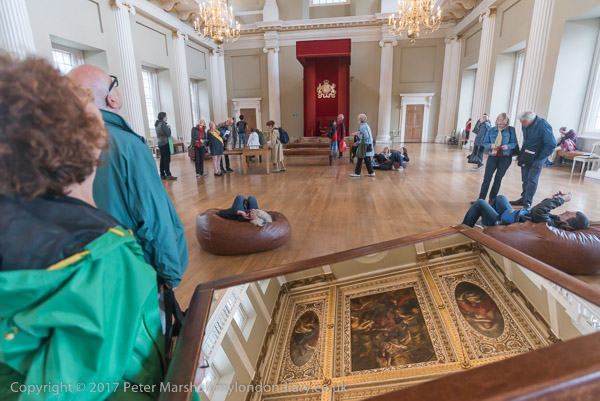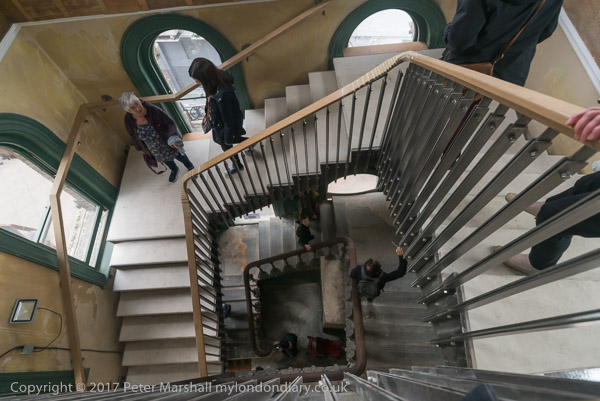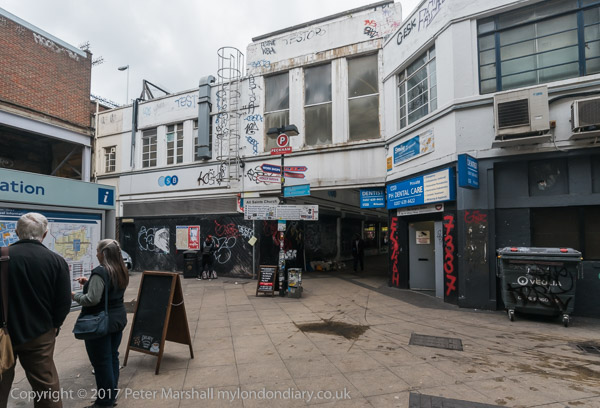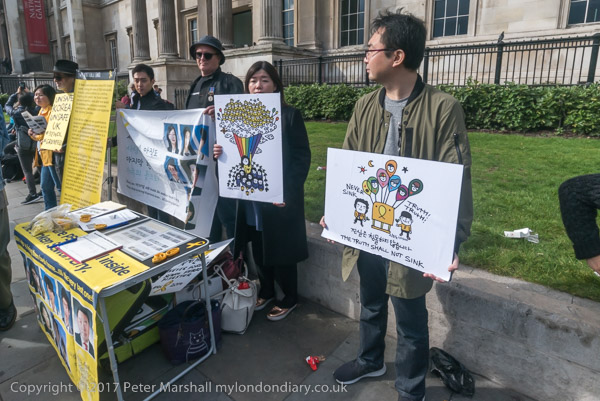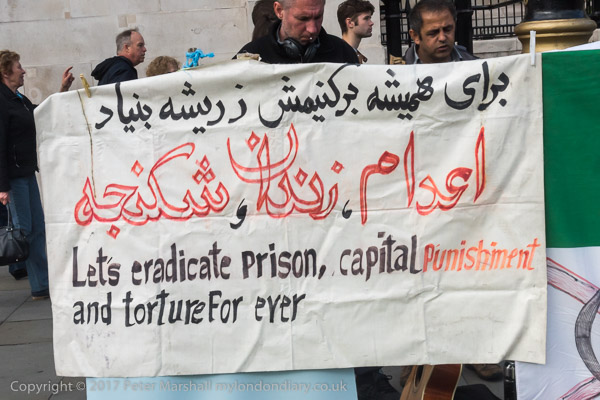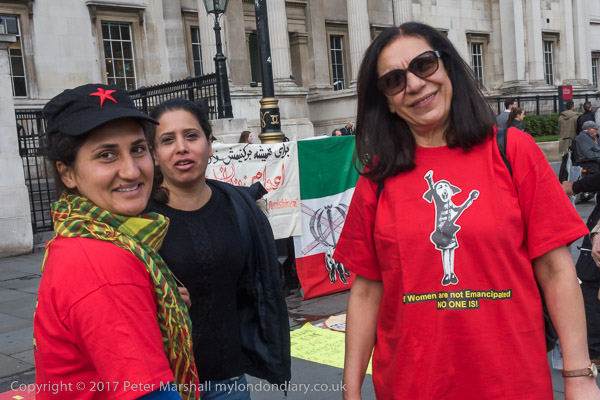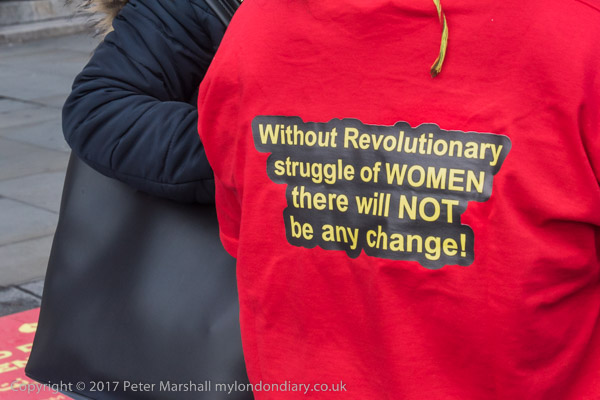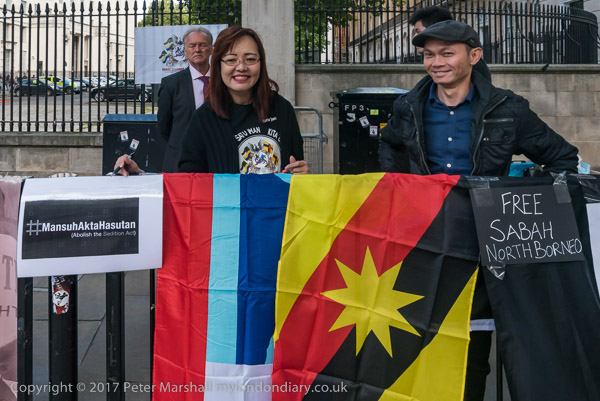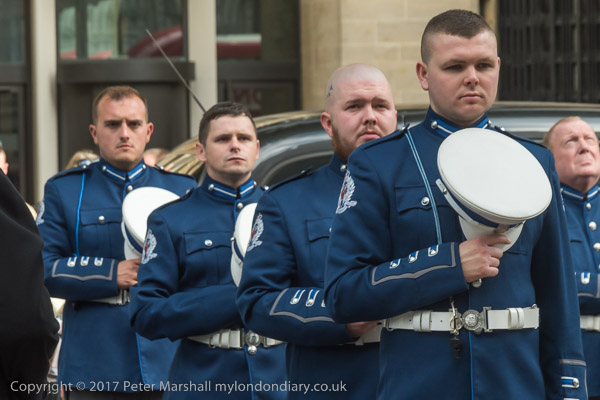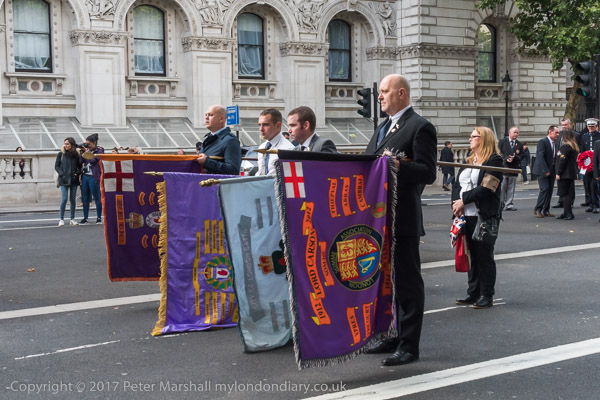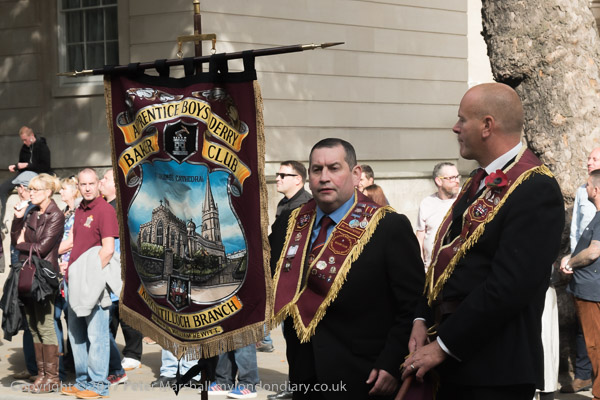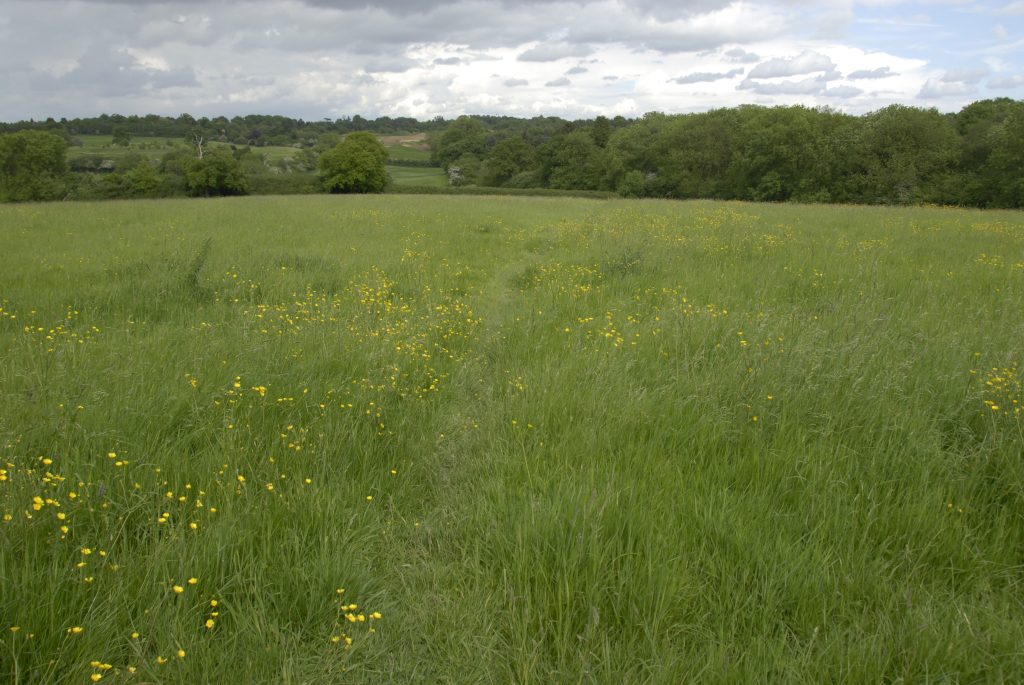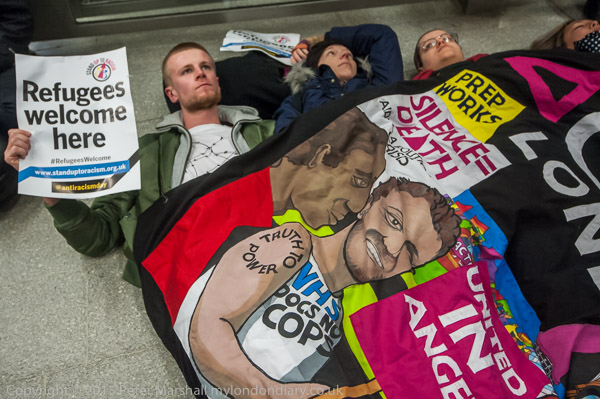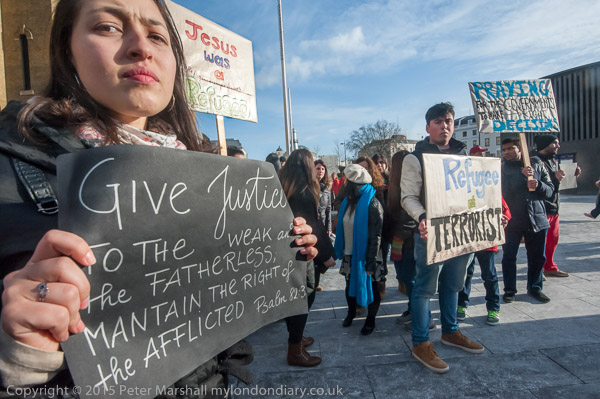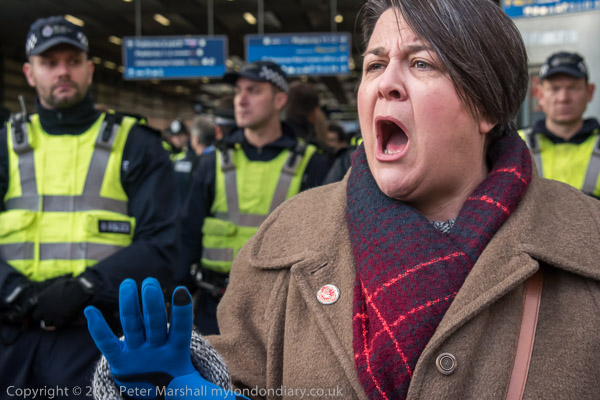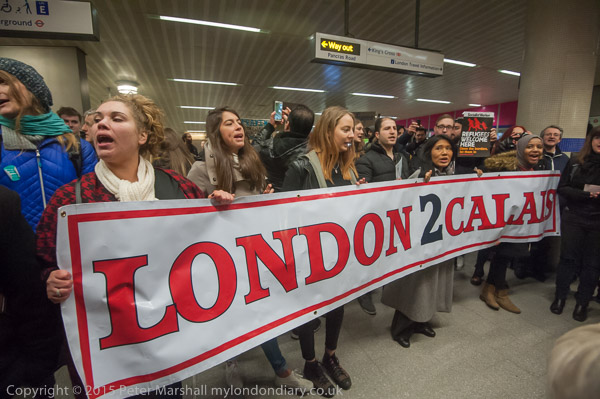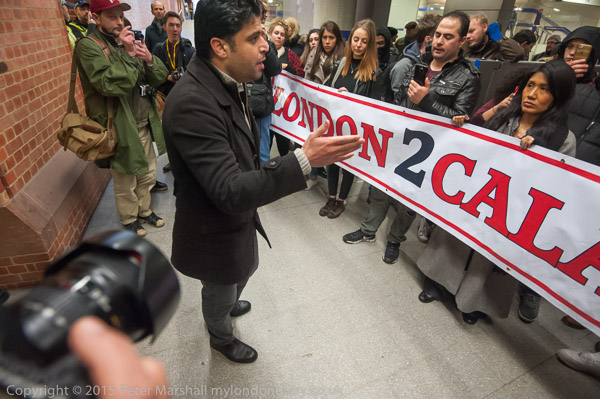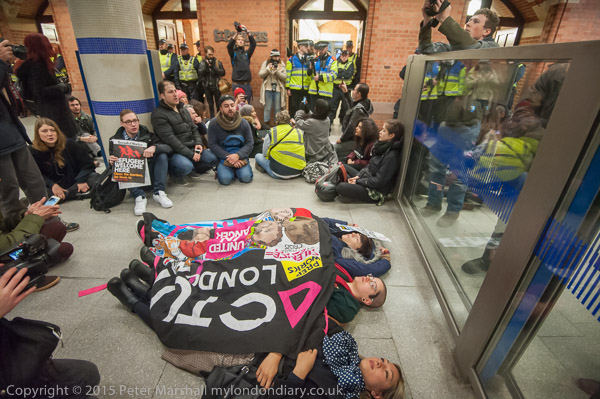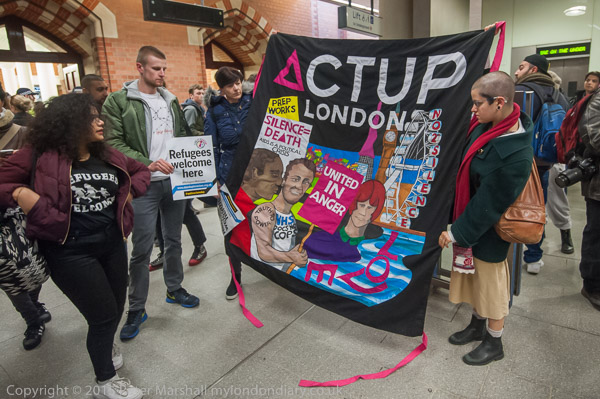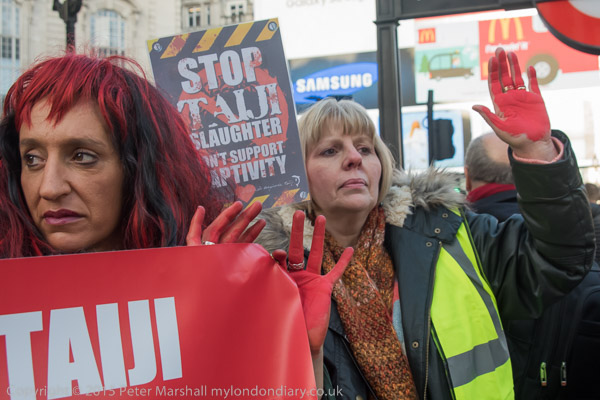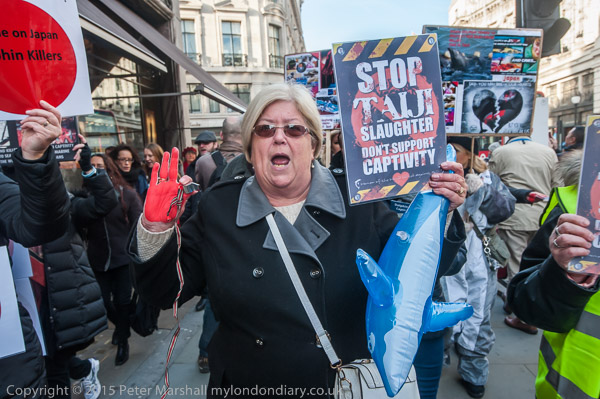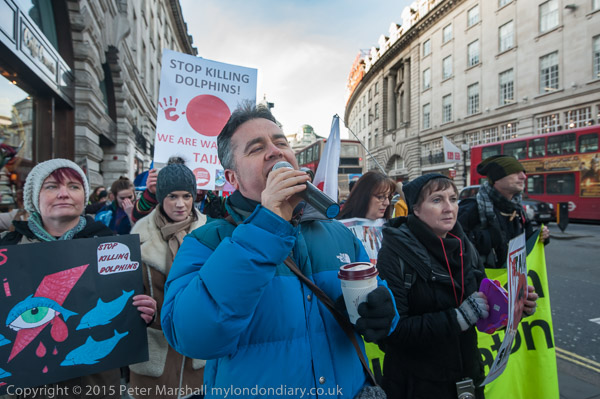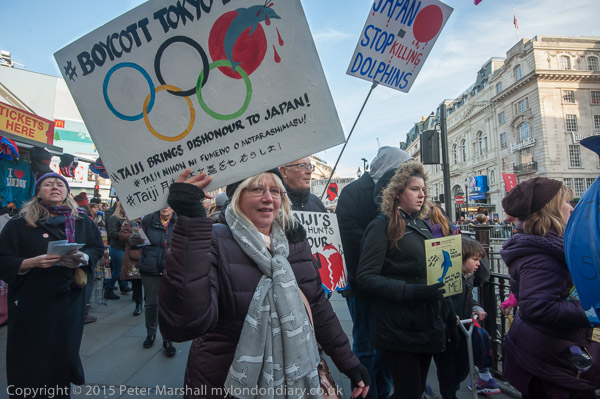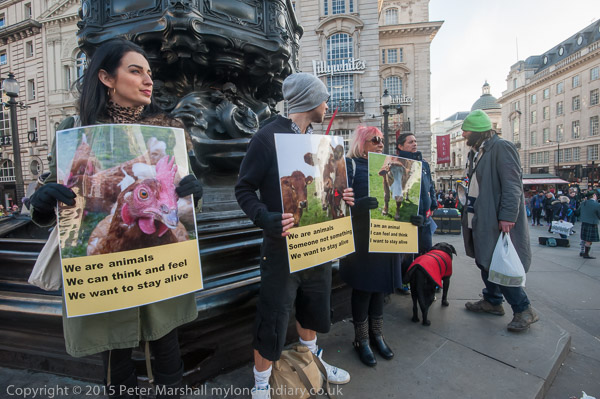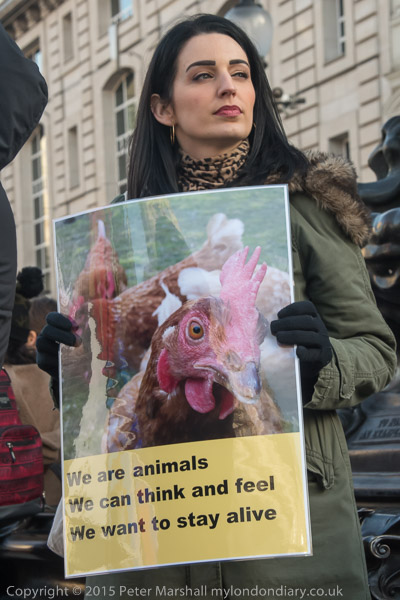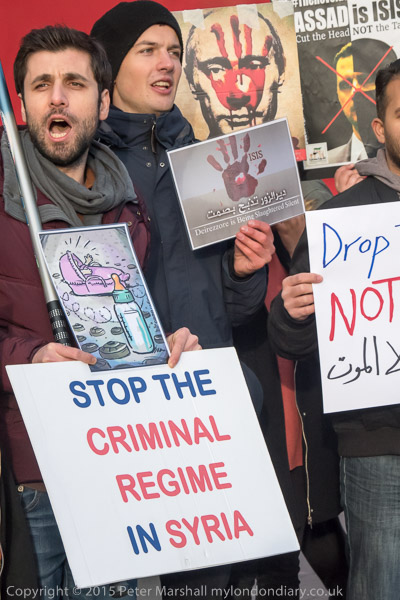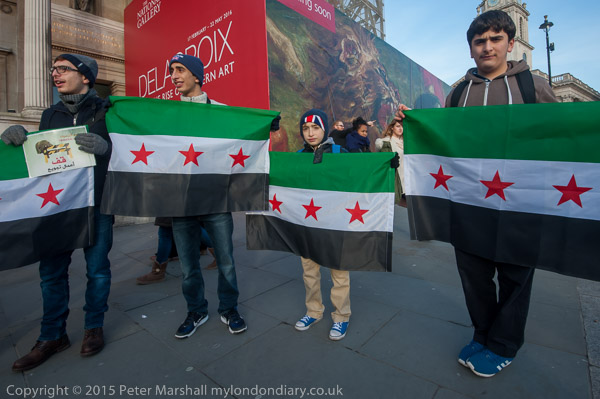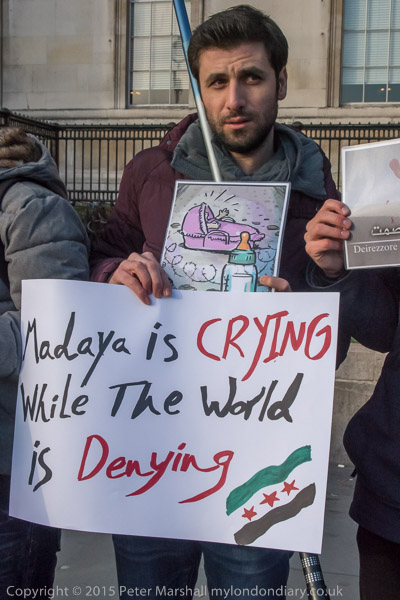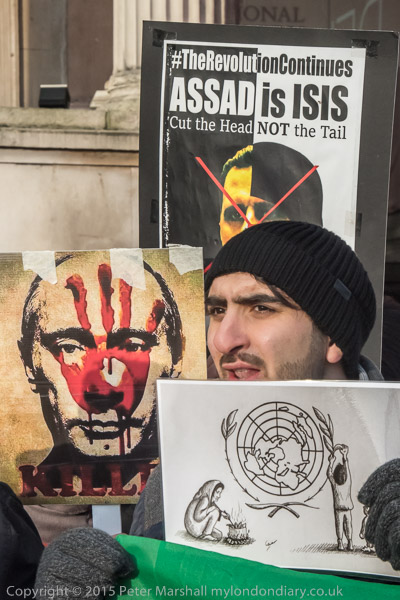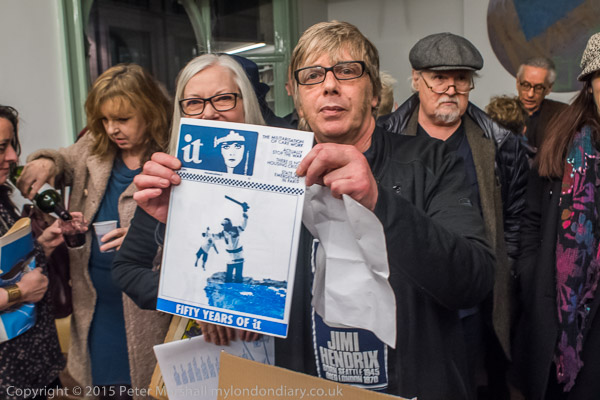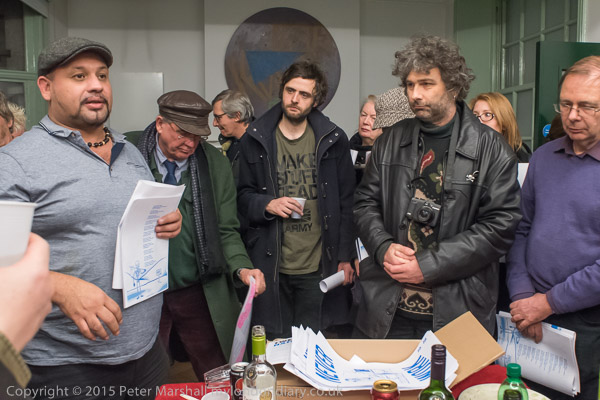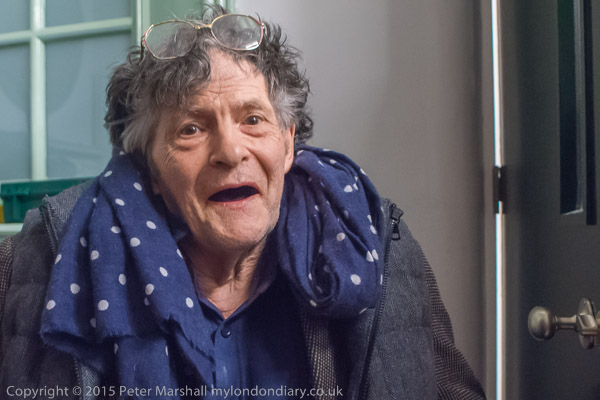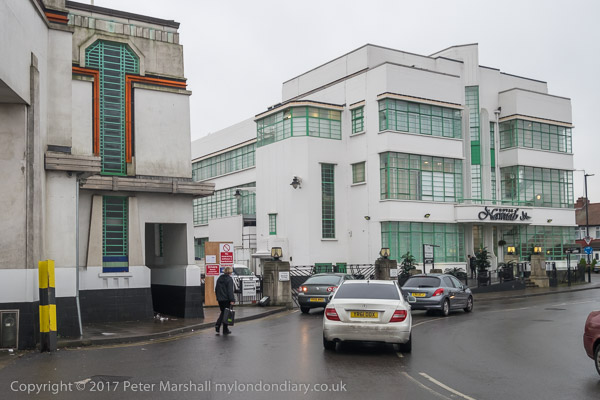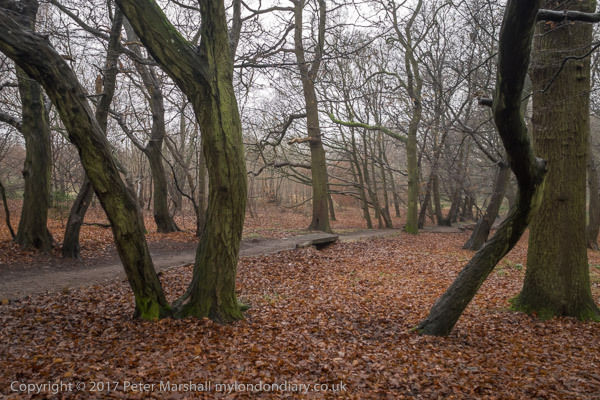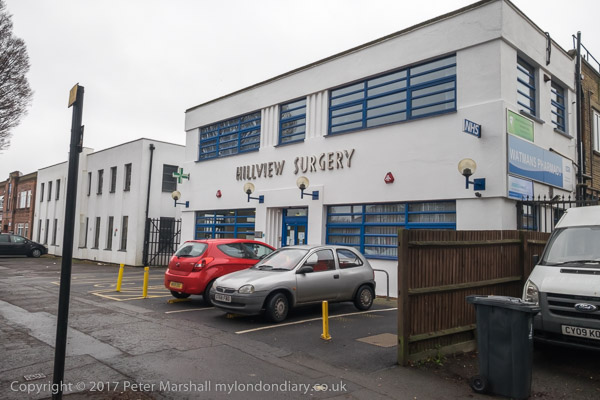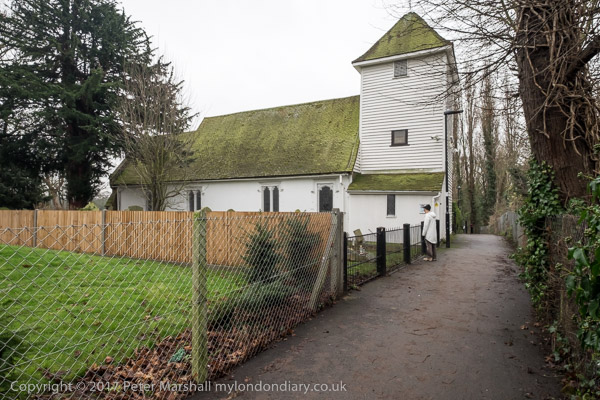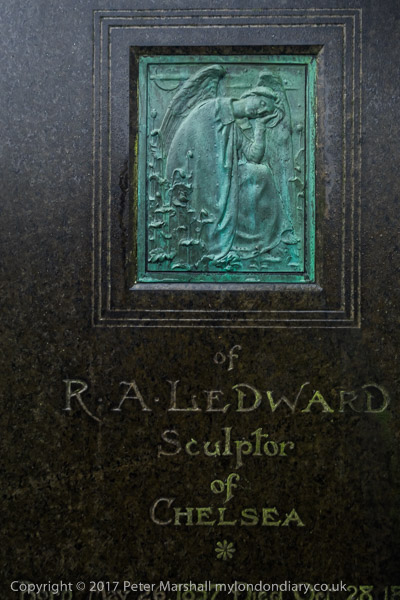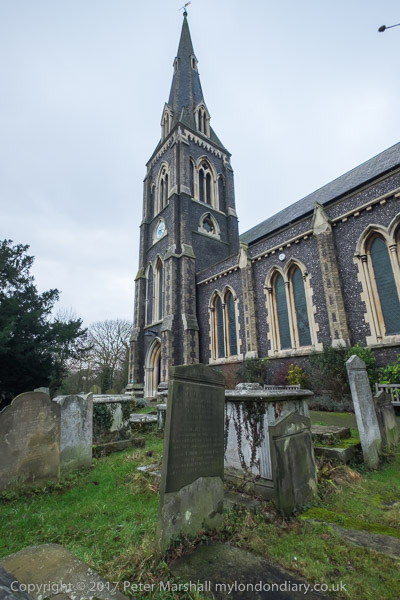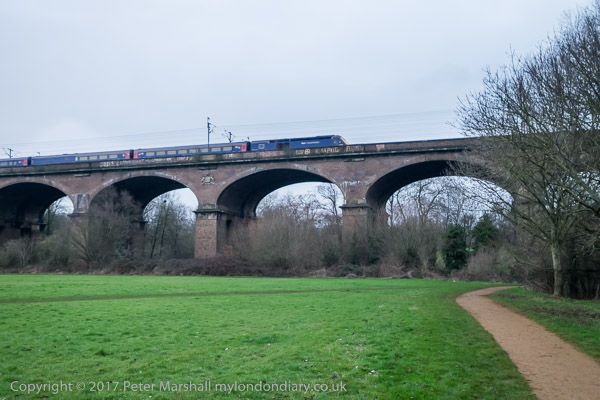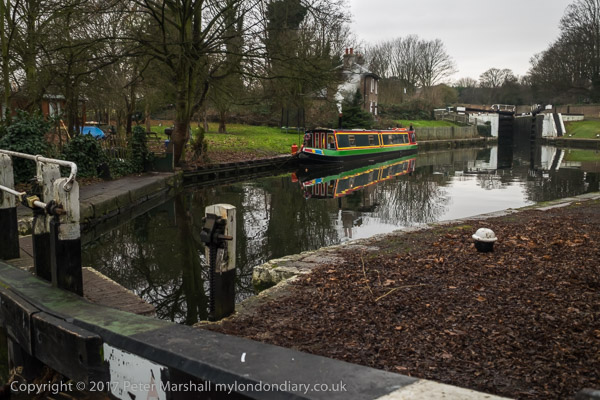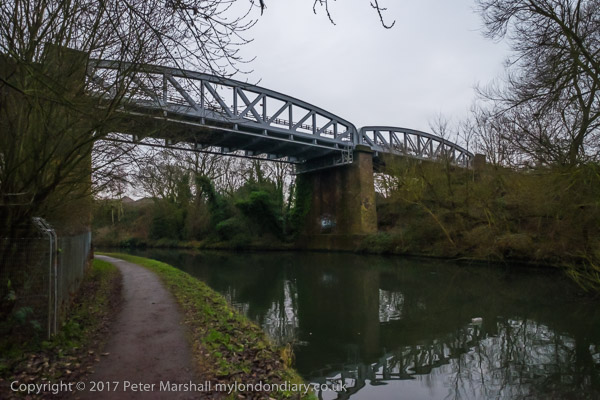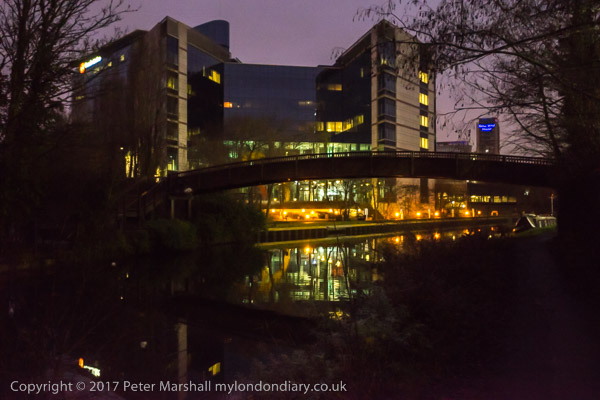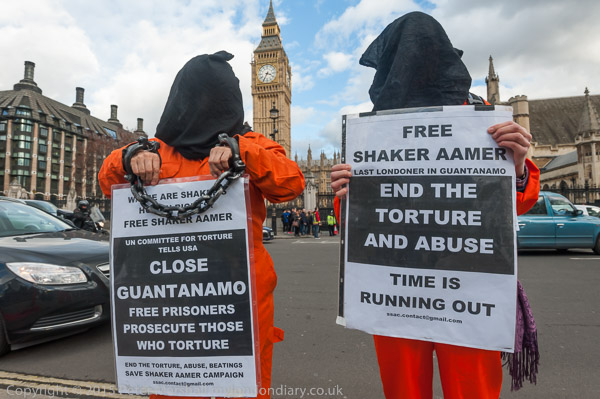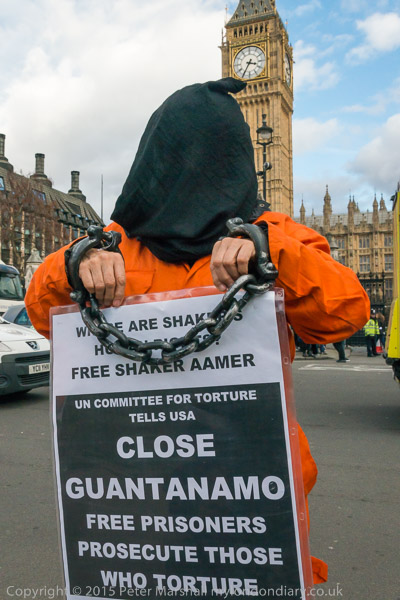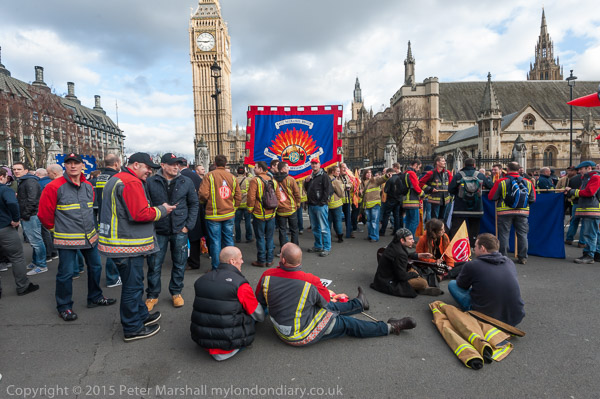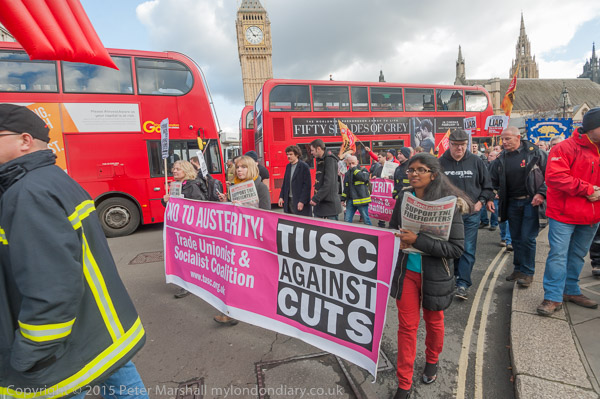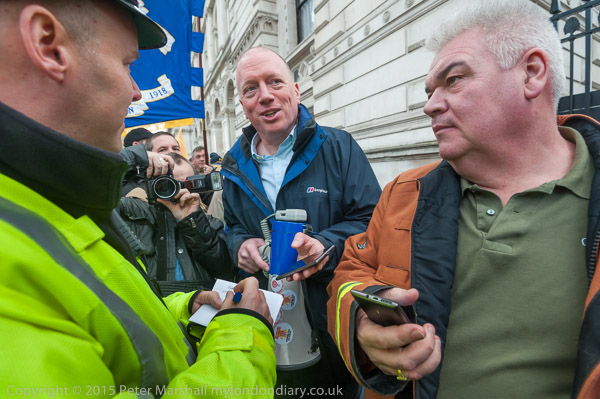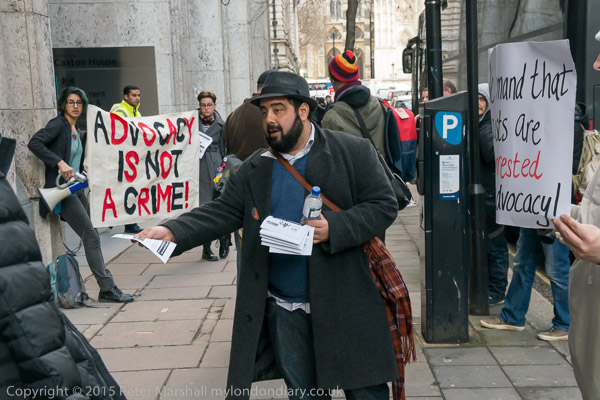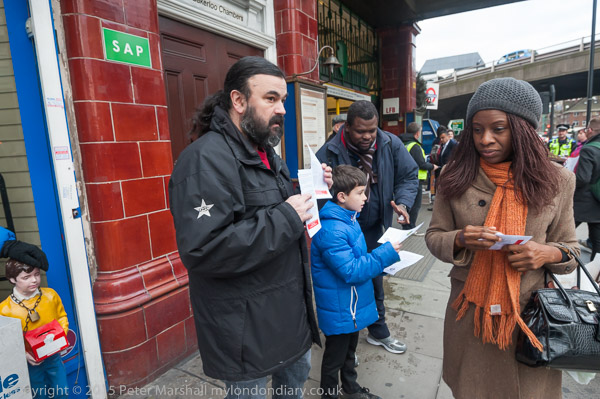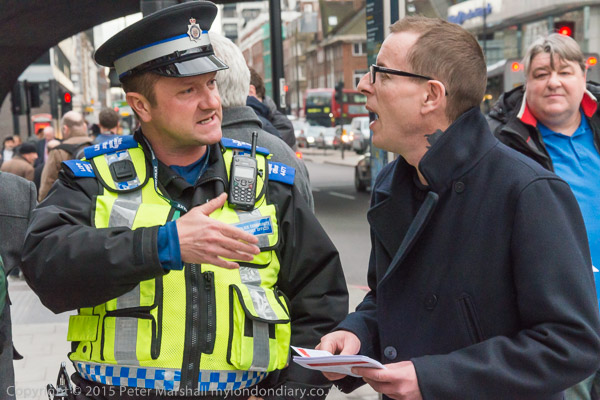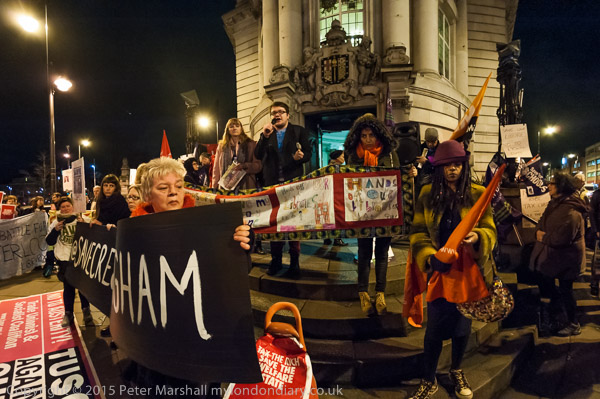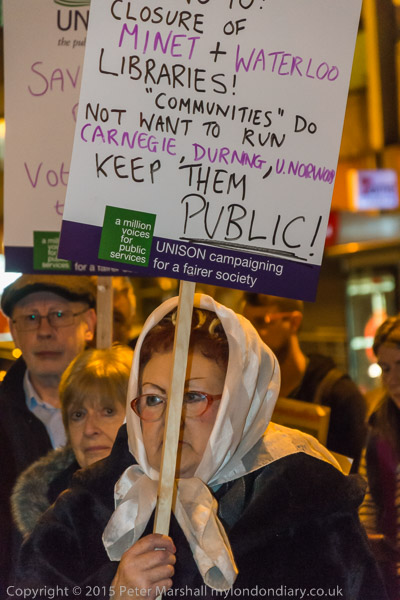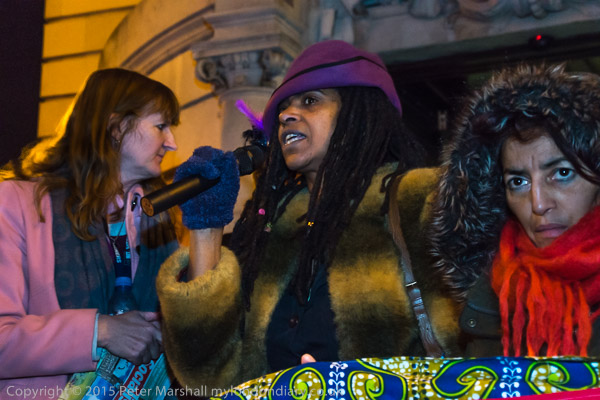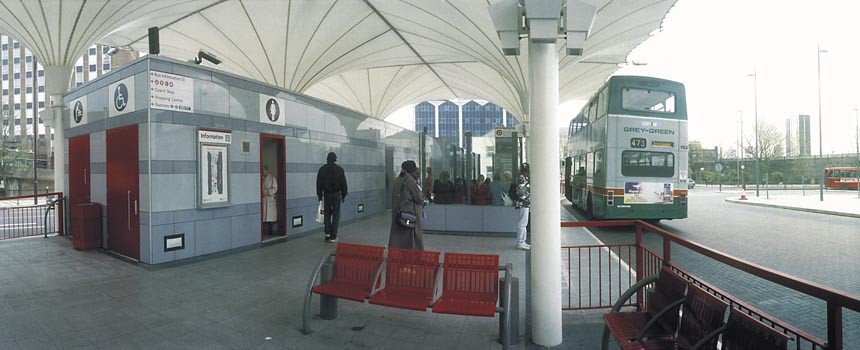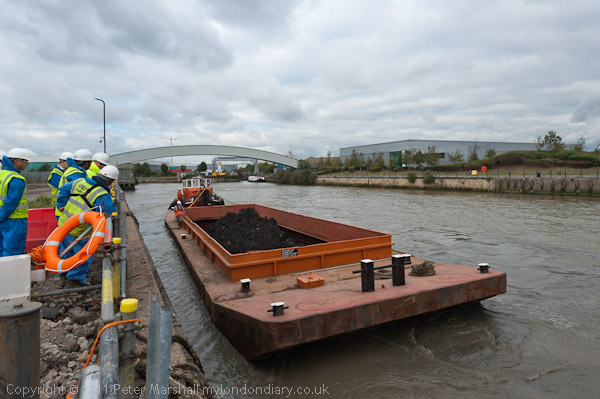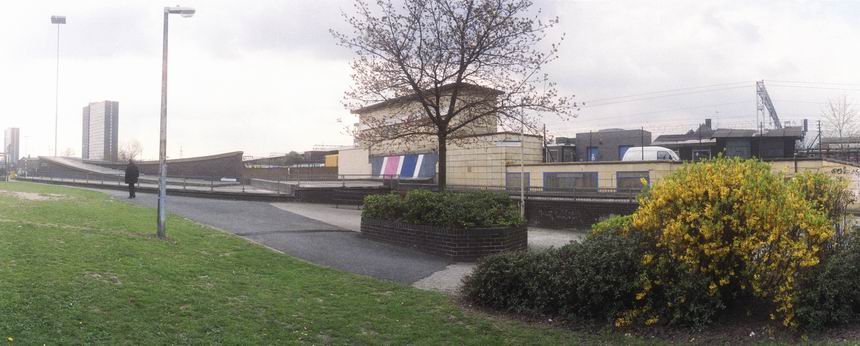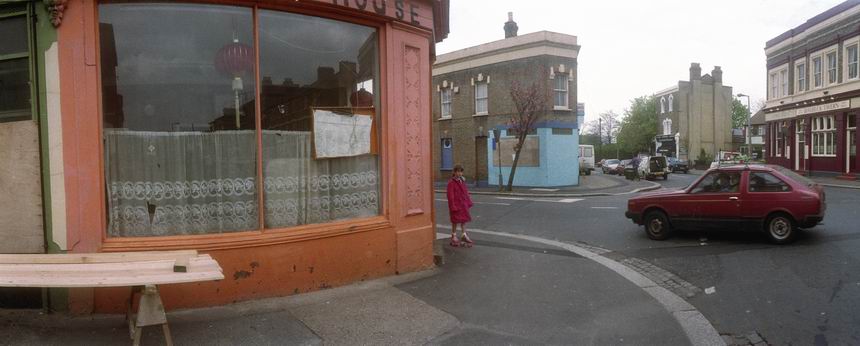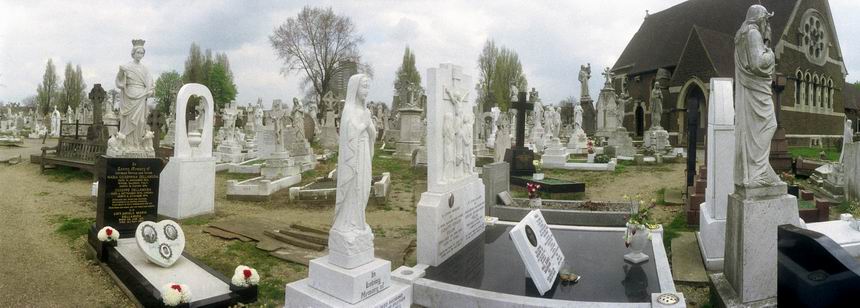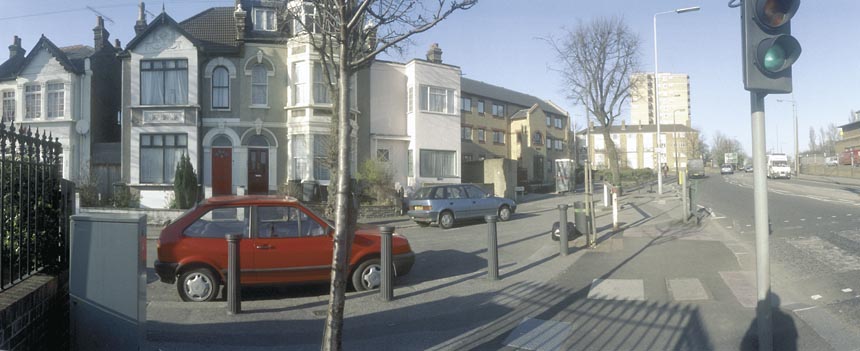DLR – Beckton Extension: One of the earliest projects I had used a panoramic camera on was the building of the Docklands Light Railway Beckton extension which had been a part of a transport show at the Museum of London in 1992. I had made these pictures on black and white film – you can view these along with many other pictures in my Flickr album ‘1992 London Photos‘
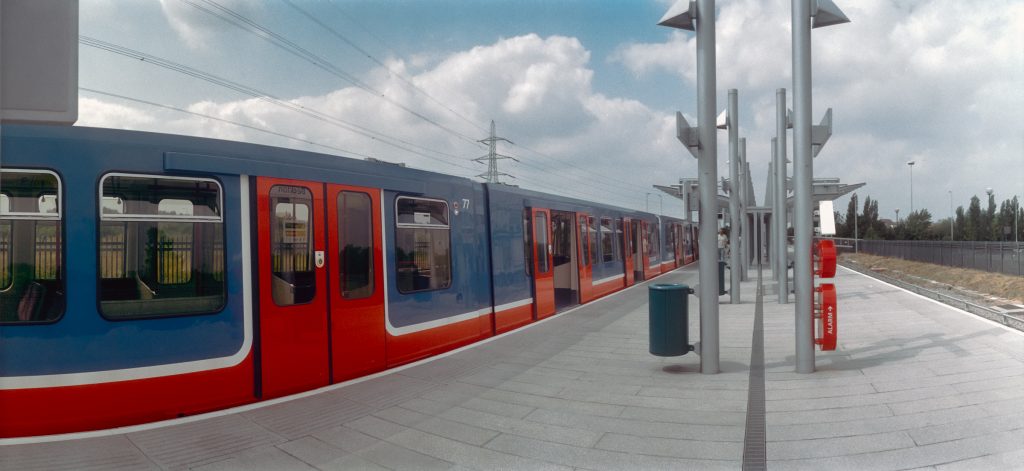
So when the Beckton branch from Poplar opened at the end of March 1994 I made a note to myself to return there and make more panoramas along the completed route, but this time working in colour. But I was busy with other things and it was only in July 1994 that I finally managed to go and take some new pictures.
I began by taking a DLR train to the end of the line, Beckton Station, and then walked out to make a few pictures in the area surrounding the station.
I’d first visited Beckton in 1981, and had gone back briefly when I was working on the DLR construction in 1982, but by 1994 things were very different to my first visit. Then Beckton was still a largely uninhabited area, noted for its gas works – then mainly in ruins and for being at the end oof London’s Northern Outfall sewer.
There had also been a large postwar prefab estate, but that had been swept away and plans to build large council estates to help solve Newham’s huge housing problems were swept away with the advent of the London Docklands Development Corporation, who sold off most of the land for private housing. The LDDC also commissioned the Horses sculpture by Brian Yale, who had worked for many years as an artist and environmental designer for the architecture department of the Greater London Council, creating “designing murals, sculptures, public art works and play spaces for GLC housing estates and schools“. He was also commisioned by them to produce the long 50 panel The Docklands Frieze at Prince Regent Station.
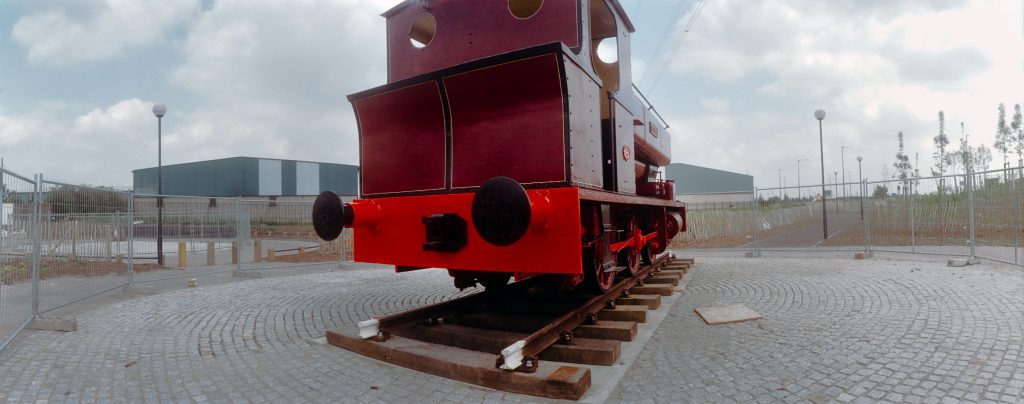
Robert, a 0-6-0 tank engine was built in 1933 for the Staveley Coal and Iron works and worked in their sidings until 1969. It then went to various preserved railway sites, at one of which it gained its name. Kew Bridge Steam Museum in 1993 restored it to look like a Beckton Gas Works engine (presumably for the LDDC) and it was placed here. After some vandalism Newham Council took Robert over and moved it close to Stratford Station. The engine was again moved during building works assocatied with the 2012 Olympics and finally came back to a different location outside Stratford Station in 2011. It was still there when I last went to Stratford a few weeks ago.
I took a long walk around Beckton, and made quite a few normal format images in black and white, but relatively few colour panoramas, mainly close to the station, then walked rather futher around the area making more panoramas, only relatively few of them on-line at Flickr – two of those in this post are online for the first time including ‘Link Road, Beckton’ below.
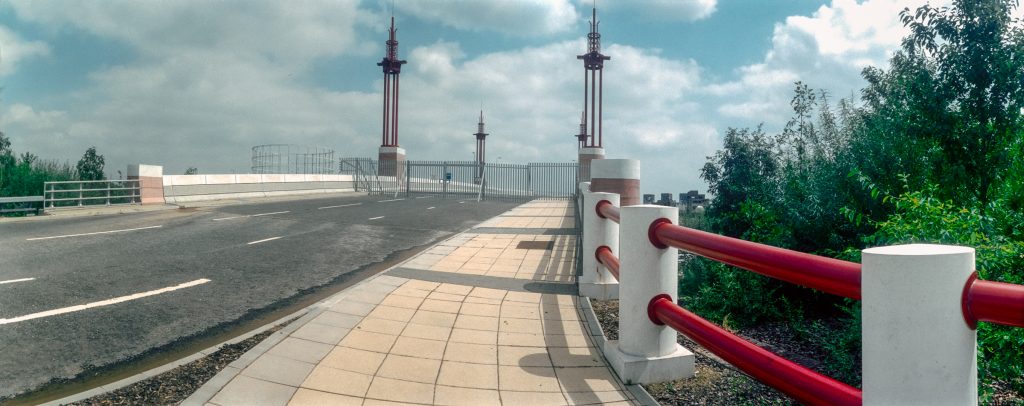
I this was part of one of the ring road schemes around London that was never built, Ringway 2, which was planned go under the River Thames at Gallions Reach in a new tunnel between Beckton and Thamesmead. When I made this picture it simply came to a dead end not far on.
More panoramic pictures from around the DLR Beckton branch in a later post.
Flickr – Facebook – My London Diary – Hull Photos – Lea Valley – Paris
London’s Industrial Heritage – London Photos
All photographs on this page are copyright © Peter Marshall.
Contact me to buy prints or licence to reproduce.




